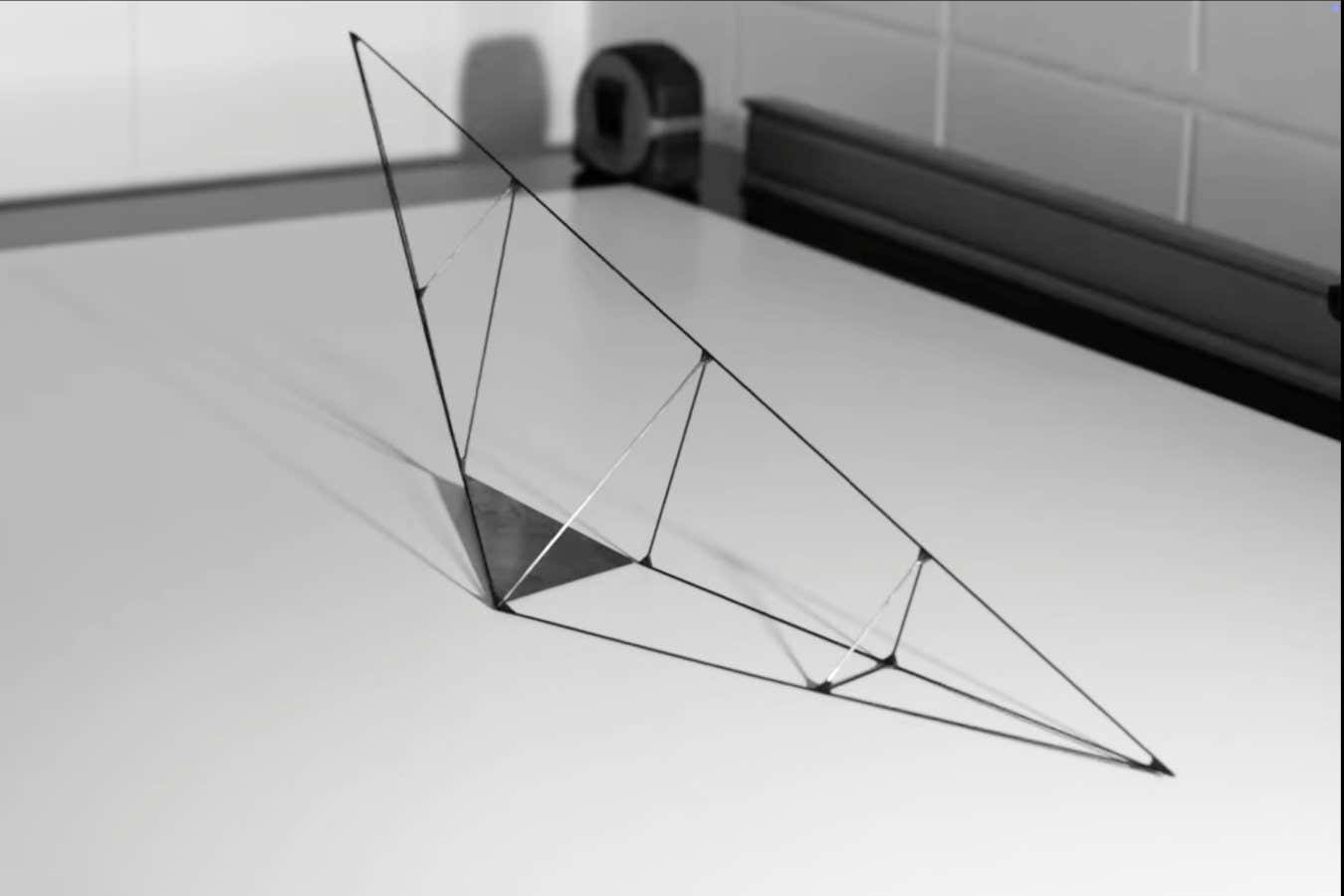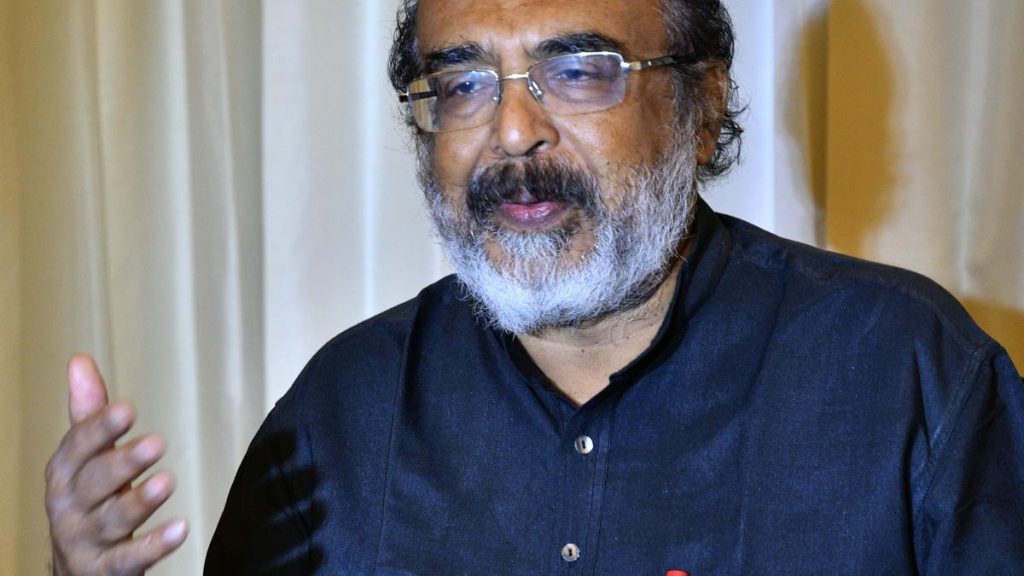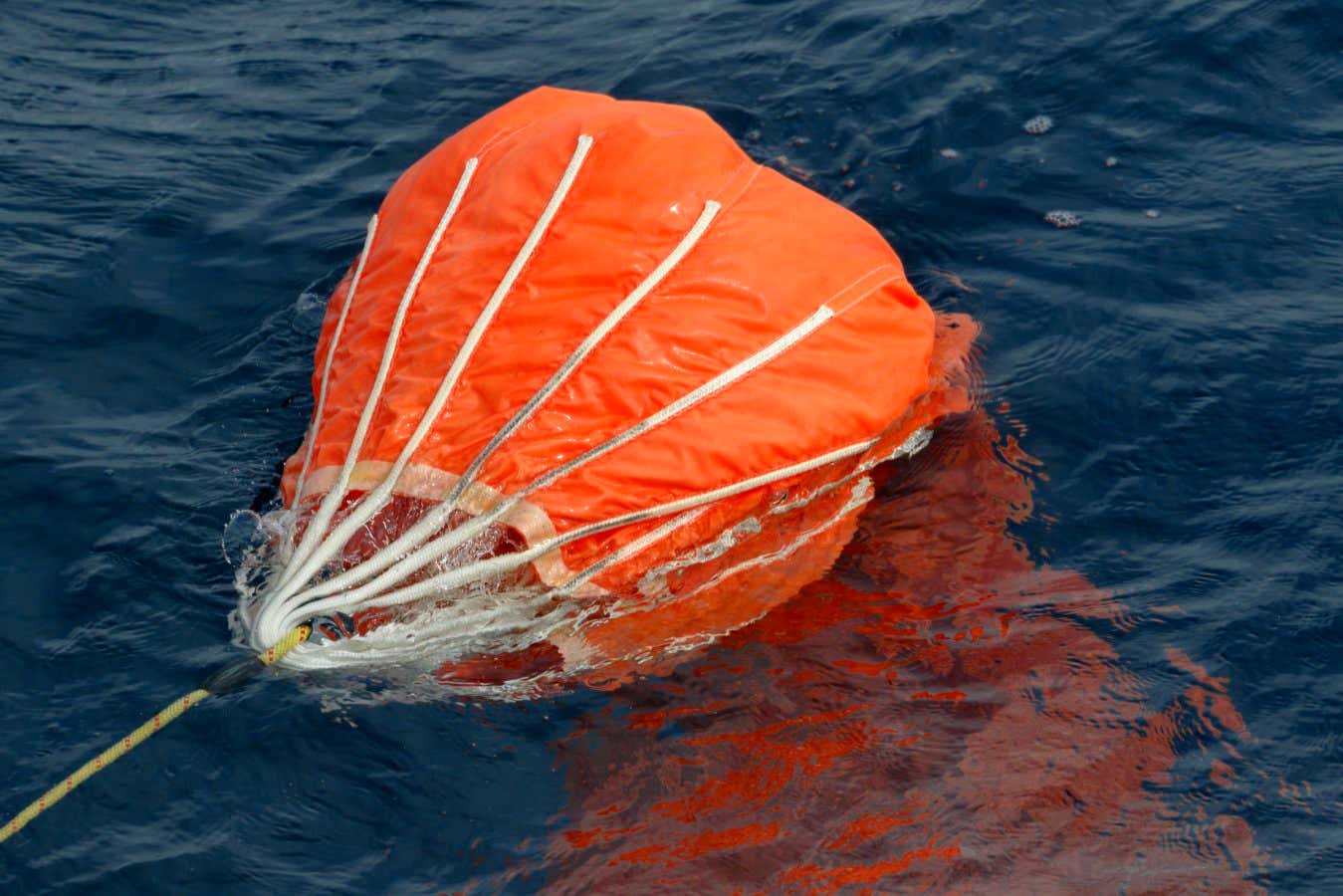Now Reading: Mathematicians Develop Tetrahedron That Lands on One Side
1
-
01
Mathematicians Develop Tetrahedron That Lands on One Side
Mathematicians Develop Tetrahedron That Lands on One Side

Speedy Summary
- Mathematicians have created a self-righting “monostable” tetrahedron, named the Bille, that always lands on the same side when placed on a flat surface.
- The concept was first proposed by mathematician John Conway in 1966, who theorized that an unevenly balanced tetrahedron could exist but never proved it.
- Gábor Domokos and his team from Budapest University of Technology and Economics achieved this breakthrough using carbon-fibre struts and ultra-dense tungsten carbide for precise engineering.
- Their creation required extreme density differences between material components – about 5000-fold – making it highly complex too build.
- Computational brute-force searches revealed candidate designs with uneven weight distribution, which were mathematically proven to exist before constructing the physical object.
- Manufacturing involved partnering with engineering experts and meaningful financial investment for precision design at micro-scale accuracy levels.
- The monostable property of their shape could benefit future spacecraft designs by improving stability in lunar landers.
!campaign=RSS%7CNSNS&utmsource=NSNS&utmmedium=RSS&utm_content=home”>Read More
Stay Informed With the Latest & Most Important News
Previous Post
Next Post
Loading Next Post...

























